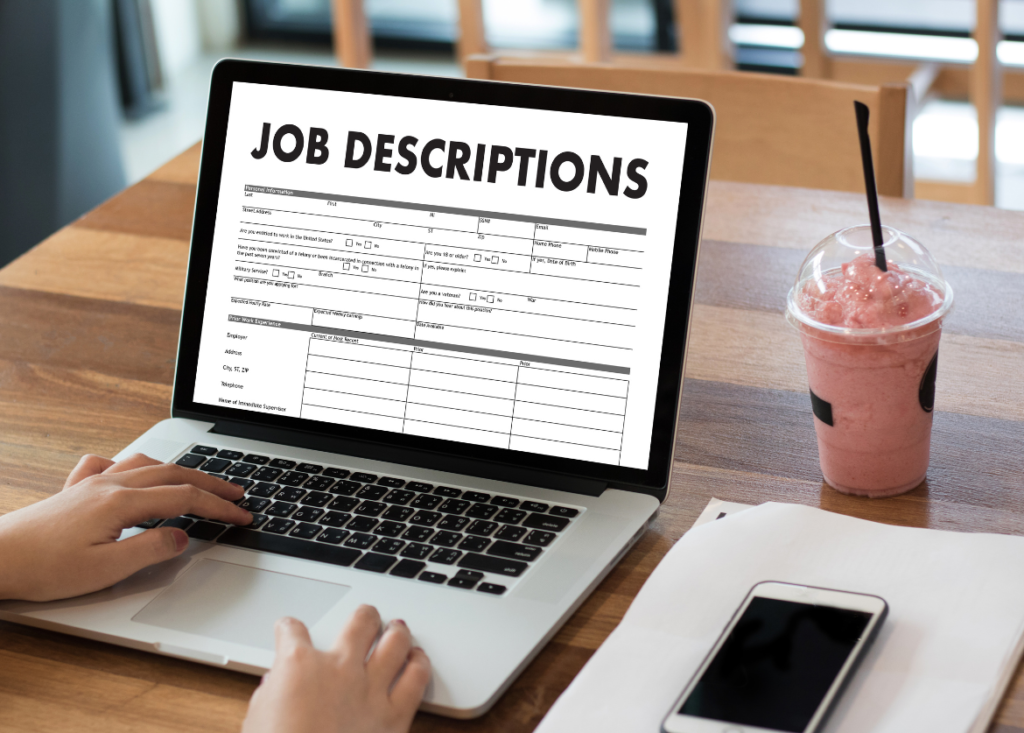It all starts with a good job description for any successful hiring process. However, a job description is not simply a list of duties and responsibilities. It is a tool for attracting the right candidates, establishing clear expectations, and aligning the candidate’s skills and ambitions with the company’s requirements. This article will discuss how to write job descriptions that will drive high performance in recruitment.
Understand the Role:
It is important to understand the role that you are going to hire first so as to be clear before putting pen to paper. Interview employees in similar positions, bosses, and stakeholders to understand the work, goals, and skills needed. The purpose here will be for you to have a clear understanding of the role, and this way, you can come up with an appropriate job description.
Use a Clear and Concise Title:
The job title should be simple and revealing of the nature of the job. Try to use straightforward titles that will not mislead candidates. To be more specific, the job title “Marketing Manager” is more informative than the title “Brand Alchemist”.

Start with a Compelling Summary:
Start your job description with a short and interesting summary. This section should provide a brief overview of the company, position, and what sets the job opportunity apart. A carefully made summary should be interesting enough and make a candidate want to continue reading.
Define Responsibilities and Duties:
List down in detail the routine duties and obligations involved in the job. State what the candidate will do using action verbs and let it be clear. It is advisable to avoid jargon and overly technical language that may repel the candidates.
Specify Qualifications and Skills:
Provide job qualifications and differentiate “must-have” and “nice-to-have” skills for candidate assessment. It is important to provide a clear and realistic job description to weed out unqualified candidates.
Highlight the Company Culture:
When hiring, evaluate candidates based on your company’s culture, values, and mission to ensure a good fit and attract like-minded applicants.
Offer Career Development Opportunities:
Many times, candidates do not search for a simple job but for one that will become their own career. Include areas that the organisation presents for growth, professional development opportunities, as well as other career paths for the role.
Use Inclusive Language:
When creating job descriptions, use language that appeals to a diverse audience. Avoid gendered pronouns or phrases that may exclude certain candidates.
Salary and Benefits:
It’s important to note that just because some job descriptions don’t include salary information, it doesn’t mean that offering a salary range or mentioning competitive compensation is not valuable. Don’t forget to highlight any additional benefits that your organisation provides, such as health insurance, retirement plans, or other perks.

Clear Application Instructions:
Ensure that the job description provides clear directions for applying, including required documents (resume, cover letter, portrait), submission instructions, and deadlines.
Proofread and Edit:
Proofread and edit the job description carefully for grammar and spelling before publishing it. A job description that is polished and error-free shows the professional side of your organisation.
Get Feedback:
To ensure the job description aligns with the company culture, seek input from colleagues.
Conclusion:
Writing good job descriptions is a crucial aspect that has a significant impact on the quality of candidates who apply for a job. By crafting a compelling and effective job description, you can attract a pool of highly qualified job seekers, thus making it easier to find the ideal employee for your organisation. It’s important to remember that a job description is not just a document but a vital tool that should be used to build a productive and motivated team.

